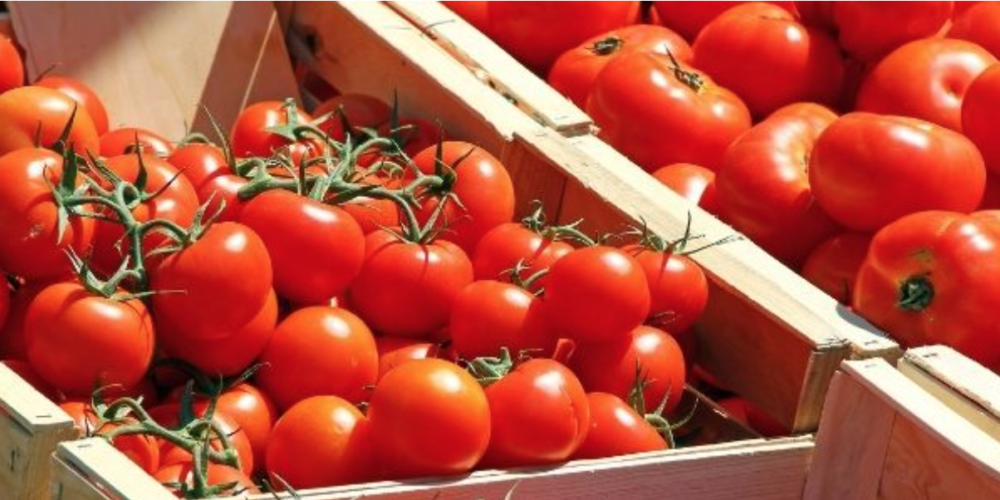
It’s important to know how your food arrives on your plate, no matter where you eat it. This is how food gets from farm to restaurant to you.
The restaurant industry relies on healthy, sustainable practices to ensure their customers return to their establishments. Free-range chicken, locally-sourced goods, vegan and allergy-friendly menus—restaurants need to prove their commitment to their customer’s wellness. Here is how food gets from farm to restaurant.
The Farm
The process begins at a local farm where agriculturists work to till, sow, grow, and harvest their crops each season. Farmers work to provide the food everyone else eats, and they sell their products to hungry buyers. Many of these buyers happen to be restaurant owners themselves, not large food corporations. A farm to restaurant approach means a direct business relationship between the restaurant and the local farmer. Restaurant owners who do this often choose it for health and quality benefits, since local farmers can pick produce at peak freshness, maximizing the product’s vitamins and minerals.
The Processing
Not every restaurant wants dirty carrots with extra inches of green on top. This means farmers need to work to harvest, wash, trim, and store their produce. Depending on the size of the operation, this could include large silos or small barns. Either way, the farmer is responsible for organizing and packaging the product for distribution.
The Transportation
Depending on how local the supplier is, restaurants may send an employee to the
farm each morning to secure the day’s products. If the farm is far away, they could
hire a refrigerated food delivery service to transport the farm’s food.
The Restaurant
Once the food arrives at the restaurant, the real magic begins—the prep team washes, cuts, portions, and stores the incoming produce. Using an array of helpful inventory management tools, a restaurant can manage the freshness of their products in the fridge and serve the food to customers at the best time. The farm to fork approach satisfies customers with a fresher taste and more authentic food experience. Working with local suppliers often means changing menus as the produce transitions from season to season, so expect these restaurants to have unique meal options.
Knowing how food gets from farm to restaurant means you can find restaurants with the right credentials. Just because a restaurant is vegan doesn’t mean the rest of their operation is health conscious. Dig deeper into their sustainable practices and sourcing methods before adding a new restaurant to your list.

